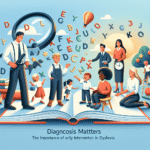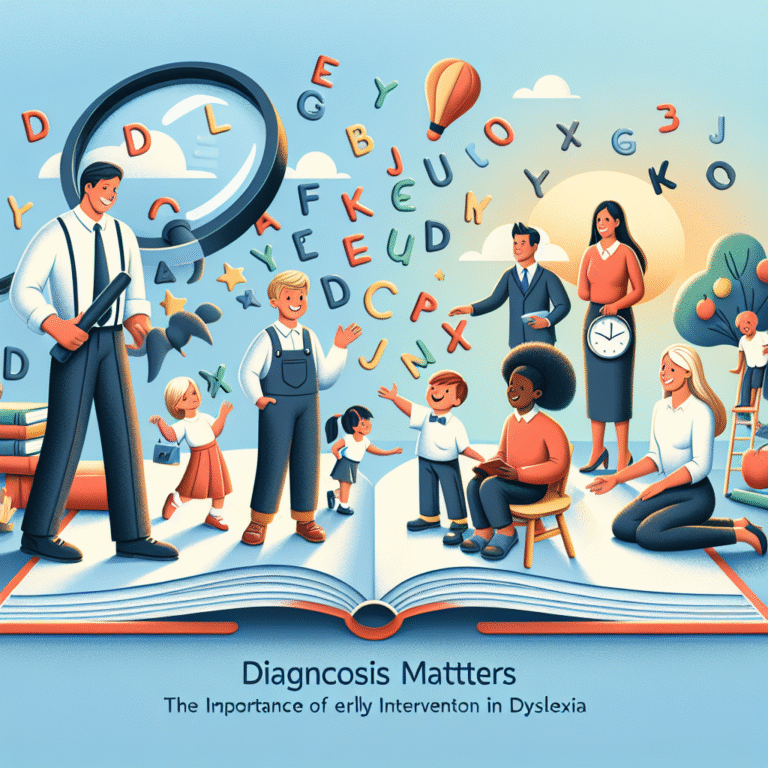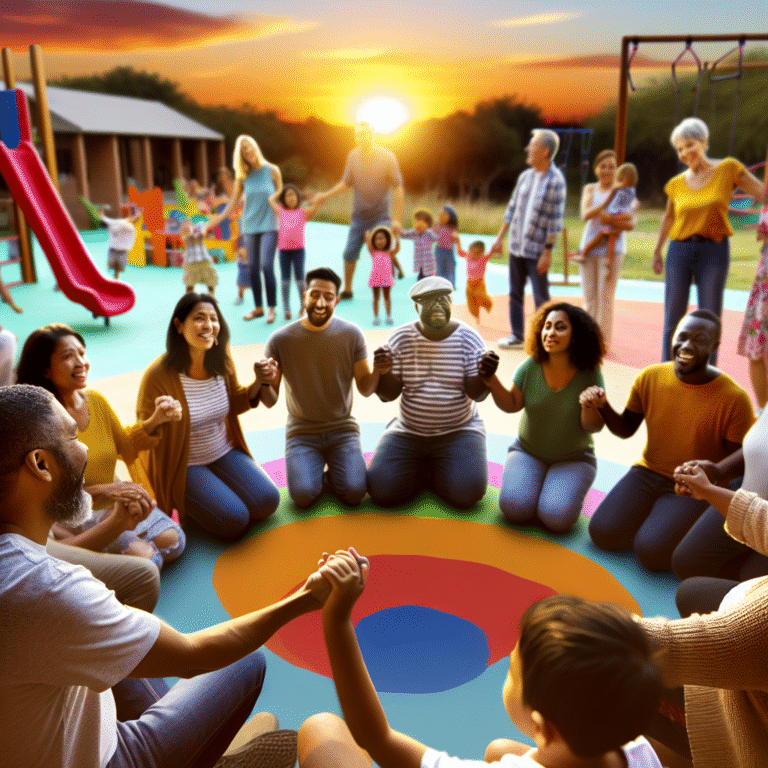
Introduction
Conflict is an inevitable part of human interaction, whether in personal relationships, the workplace, or within communities. The ability to resolve these conflicts effectively is crucial for maintaining relationships and fostering cooperation. In today’s world, filled with diversity and differing viewpoints, the quest for “Bridging the Divide: Effective Strategies for Conflict Resolution” has never been more relevant. This article explores powerful techniques that can transform conflict into collaboration, ultimately leading to better understanding and harmony.
Understanding Conflict
The Nature of Conflict
Conflict can arise from a variety of issues – differences in values, beliefs, interests, or goals. Understanding the root cause of conflict is essential for effective resolution. Recognizing the underlying emotional triggers, personal stakes, and contextual influences can aid significantly in navigating disputes.
Types of Conflict
- Interpersonal Conflict: Involves disagreements between individuals, often rooted in personal relationships or differing communication styles.
- Intrapersonal Conflict: Occurs within an individual, often involving internal struggles about decisions or values.
- Group Conflict: Arises among groups, such as teams or communities, often based on differing agendas or resource competition.
Effective Strategies for Conflict Resolution
1. Active Listening
One of the most powerful tools for “Bridging the Divide: Effective Strategies for Conflict Resolution” is active listening. This involves:
- Paying Full Attention: Rather than planning your response, focus on understanding the speaker’s perspective.
- Reflecting Back: Paraphrase what you’ve heard to confirm understanding. This shows respect and validates their feelings.
Case Study: A Workplace Dispute
In a corporate environment, two team members disagreed over project priorities. By implementing active listening strategies, they were able to articulate their concerns more clearly, ultimately finding common ground. They restructured the project plan to incorporate both viewpoints, enhancing team cohesion.
2. Empathy and Understanding
Empathetic engagement is key when addressing conflicts. This means:
- Acknowledging Emotions: Validate the other person’s feelings, even if you disagree with their perspective.
- Perspective-Taking: Try to step into their shoes to grasp why they feel the way they do.
Table: Benefits of Empathy in Conflict Resolution
| Benefit | Description |
|---|---|
| Builds Trust | Empathy strengthens relationships and promotes openness. |
| Reduces Tension | Acknowledging feelings can defuse heated situations. |
| Encourages Collaboration | Empathy fosters a sense of partnership in problem-solving. |
3. Clear Communication
Miscommunication can escalate conflicts. To improve communication:
- Use "I" Statements: Frame concerns about behaviors or actions versus personal attacks. For example, say "I feel overwhelmed when deadlines are missed" instead of "You always miss deadlines."
- Stay Focused: Keep the conversation on topic and avoid bringing up unrelated grievances.
Case Study: Family Dynamics
A family faced conflict during estate planning discussions. By employing “I” statements, family members articulated their feelings and desires without assigning blame. This facilitated a more constructive dialogue and an eventual agreement that respected everyone’s wishes.
4. Collaborative Problem-Solving
Conflict resolution involves finding solutions that satisfy all parties. Consider these steps:
- Identify Common Goals: Focus on what everyone wants to achieve rather than their differences.
- Brainstorm Solutions Together: Engage in a creative process to find win-win outcomes.
Chart: Steps in Collaborative Problem-Solving
| Step | Action |
|---|---|
| 1. Identify Goals | List objectives to align interests. |
| 2. Brainstorm | Generate as many ideas as possible without judgment. |
| 3. Evaluate | Discuss pros and cons of each idea. |
| 4. Select | Choose a solution that meets the needs of all. |
5. Setting Boundaries
Sometimes, it’s necessary to set boundaries to protect personal wellbeing. This includes:
- Knowing When to Walk Away: If a discussion becomes too heated, take a break.
- Establishing Ground Rules: Agree on acceptable behavior during discussions to maintain respect.
Case Study: Community Dialogue
A community faced conflict over land use. By establishing ground rules for discussions, residents could express concerns without devolving into arguments. This process facilitated a more respectful and productive exchange of ideas.
Conclusion
“Bridging the Divide: Effective Strategies for Conflict Resolution” is not an easy task, but it’s an essential one for any relationship, organization, or community. By employing active listening, empathy, clear communication, collaborative problem-solving, and setting boundaries, individuals can transform conflicts into opportunities for growth and understanding. By taking these actionable steps toward effective conflict resolution, we can create a harmonious environment that values dialogue over discord.
FAQs
1. What are the first steps to take when a conflict arises?
Start by recognizing the conflict, understanding its nature, and reaching out to the other party to discuss the issue respectfully.
2. How can I practice active listening?
Focus on the speaker without interruptions, nod to acknowledge understanding, and reflect their words back to them to ensure clarity.
3. What if the other party is not willing to communicate?
If the other party is unresponsive, give them space and time. You may need to approach them later when emotions have cooled.
4. How do I remain neutral during a conflict?
Stick to the facts, avoid taking sides, and emphasize the importance of collaboration and understanding different viewpoints.
5. Can conflicts ever be completely resolved?
While some conflicts may not be fully resolved, they can often be managed in a way that minimizes disruption and promotes mutual respect.
Incorporating these methods can illuminate the path towards “Bridging the Divide: Effective Strategies for Conflict Resolution,” creating a more harmonious and collaborative environment.

















